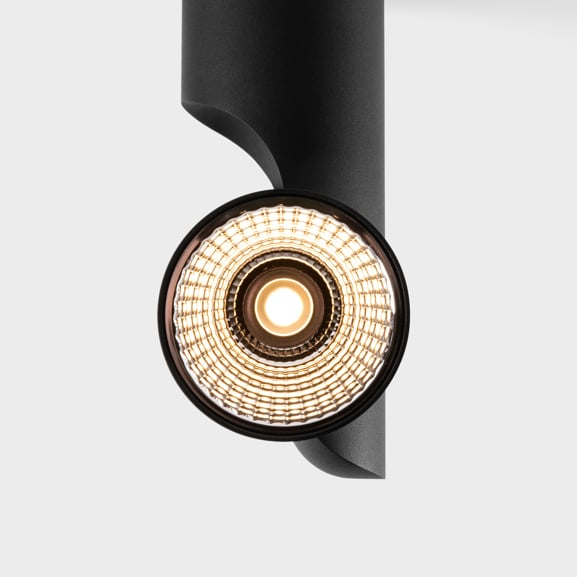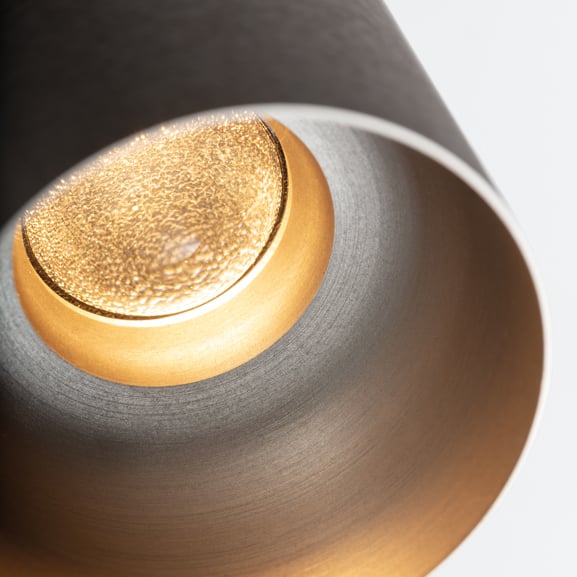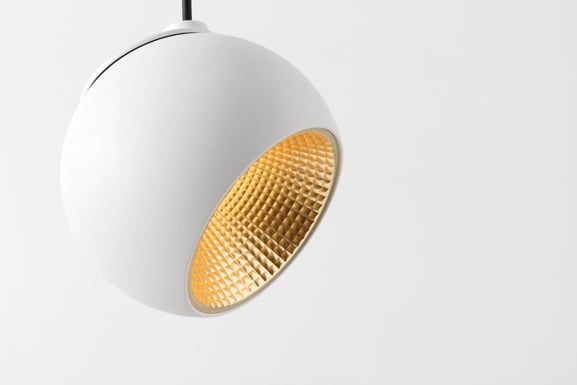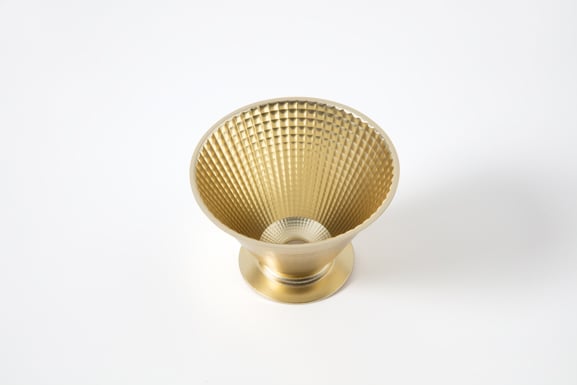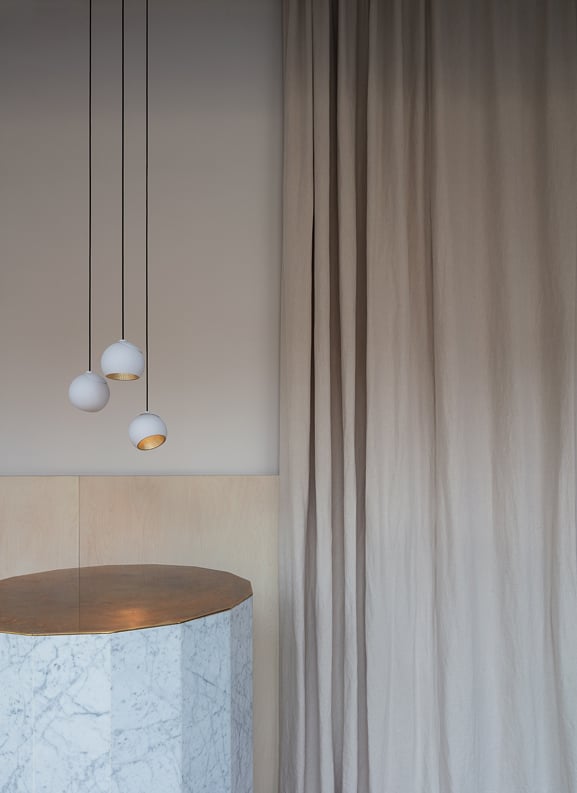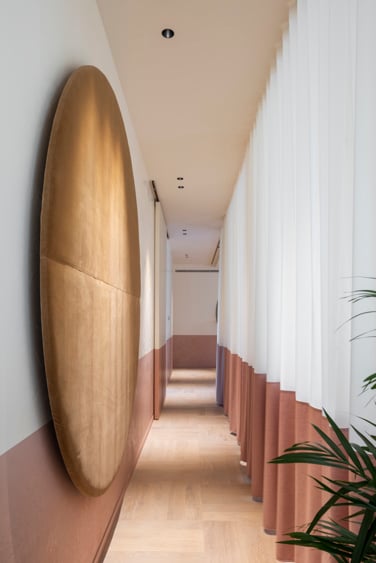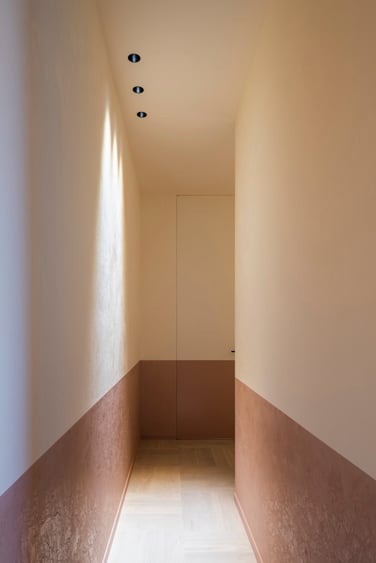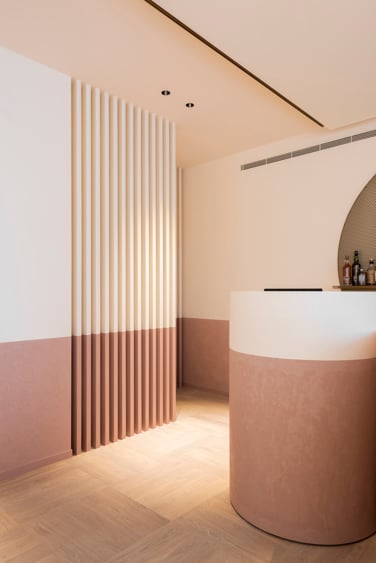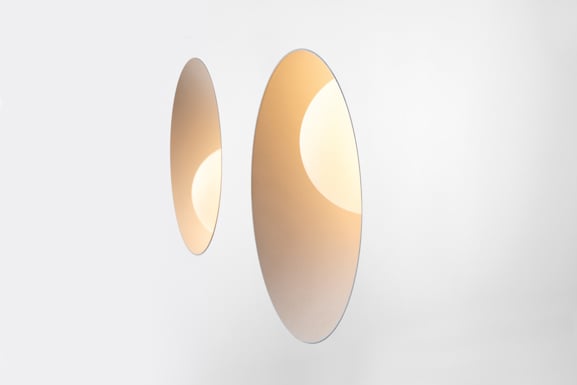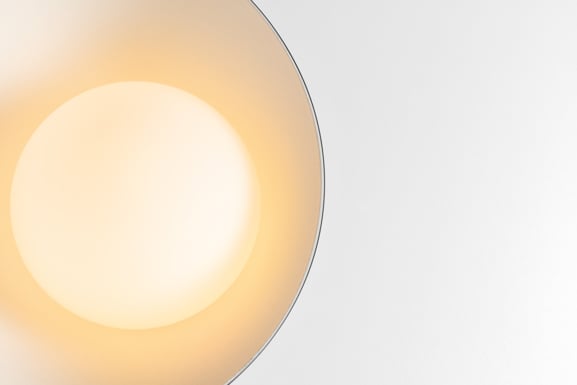Creativity by optics
More than just guiding the light of a LED, optical elements offer creative ways to play with beam patterns, light distribution, even colour. Reflectors, lenses and diffusers, each have their own benefits, function, distinctive look & feel and lighting effect. Choose your optics wisely and your clients will enjoy the enhanced lighting experience your project will provide.
